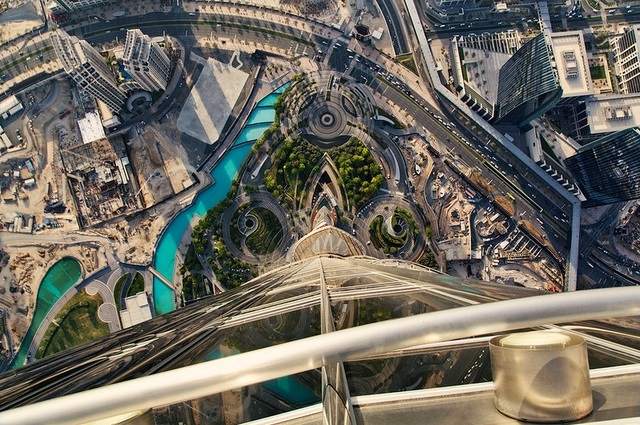No glut of homes in Dubai

18,600 new homes completed across Dubai in 2015 against supply estimations which had forecast around 20,000 to 25,000.
Running sports | Air Jordan 1 Retro High OG University Blue - Gov
The Dubai residential market saw 14,300 homes completed in master planned communities and 18,600 new homes completed across the city in 2015, according to a research note issued by Phidar Advisory.
This is contrary to exaggerated supply estimations which had forecast around 20,000 to 25,000 units to flood the market in 2015. The gap between expected and completed units is due to developers slowing down the rate of handover in response to declining prices.
"Delays are common in property development, either due to unforeseen delays, changes in plans or schedules or changes in financing. Delays are common during a down cycle," said Jesse Downs, managing director of Phidar Advisory.
According to the consultancy, the five-year supply pipeline grows at 3.6 per cent compound annual growth rate (CAGR) whereas demand grows at 6.5 per cent CAGR, largely due to jobs created by the Expo 2020, which should start to ramp up in 2018. However, when announced and launched projects are included, the five-year supply CAGR jumps to 5.7 per cent to seven per cent.
Approaching equilibrium
Therefore, fears of oversupply are exaggerated. "It's not an oversupply, rather it's an undoing of the rapid and unsustainable inflation in 2013 and early 2014. The market is moving back to equilibrium and to more sensible, more manageable costs," Downs said.
"The fact that the streets are clogged with commuters from Sharjah and the northern emirates each morning and evening show the market is not technically oversupplied. That is pent up demand because many can't afford the rates in Dubai. Of course, some also commute for other reasons. However, it means the undersupply is coming down, which is critical for this market to grow at healthy and sustainable rates," she informed.
Meanwhile, rents and sale prices are expected to decline further in 2016 owing to weak demand.
Compared to 2014, Phidar's Dubai Real Estate International Demand Index (Reidi) dropped 83 per cent by the end of 2015, primarily driven by exchange rate fluctuations.
Phidar's Dubai Reidi is not a measure of actual capital flows, but a real time indicator intended to assess the propensity for attracting capital inflows into Dubai real estate.
"Global economic dynamics are tightening liquidity, increasing capital costs and slowing growth in the region. These trends could continue for two years," said Downs. "Improving transparency can help bring down market risk, which is critical in the current environment."
credit to Khaleej Times
